Century Plant Facts
- First of all, the eye-catching term Century Plant serves as one of the common names for a particularly fascinating species of succulent. But, this quite impressive species further bears the scientific name of Agave americana. However, the distinctive species also goes buy other common names. Some of these alternate terms include the sentry plant, the maguey, and the American aloe.
- This extremely hardy succulent evolved as endemic to a particular region of the world. As the scientific name indicates, it represents a member of the Agave family of plants. Botanists currently recognize several species in its family, and numerous cultivars. However, this plant itself has become cultivated in many regions of the world as an extremely popular ornamental plant.
- As a result, it has become naturalized in many diverse regions throughout the world. These highly varied parts of the globe include South America, Africa, India, China, Australia. In addition to these regions, it also now appears on numerous islands with compatible climates. The Century Plant also remains popular as an ornamental plant due to its tolerance for arid conditions.
Related Articles
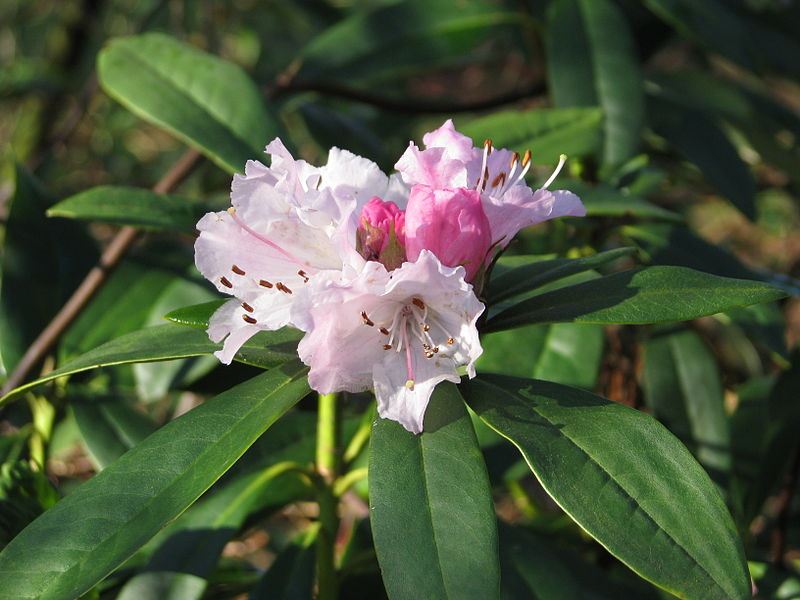
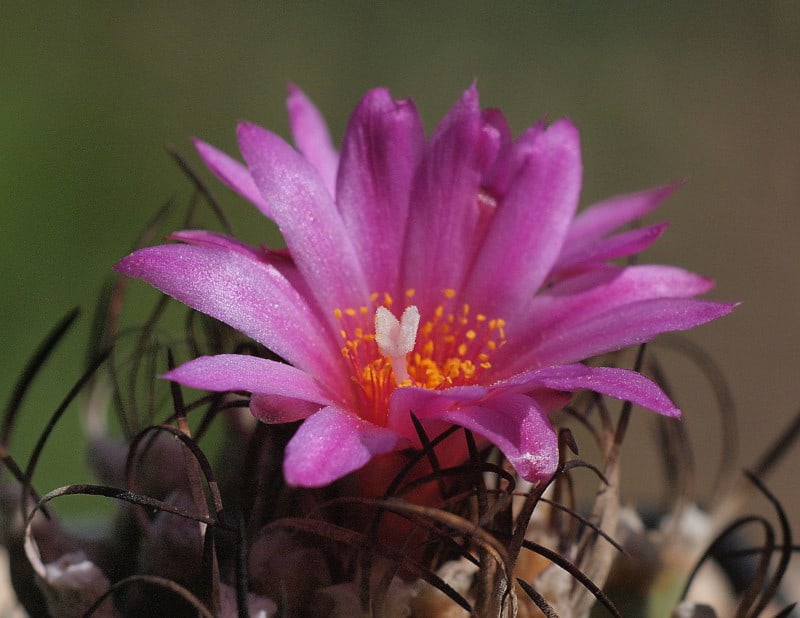
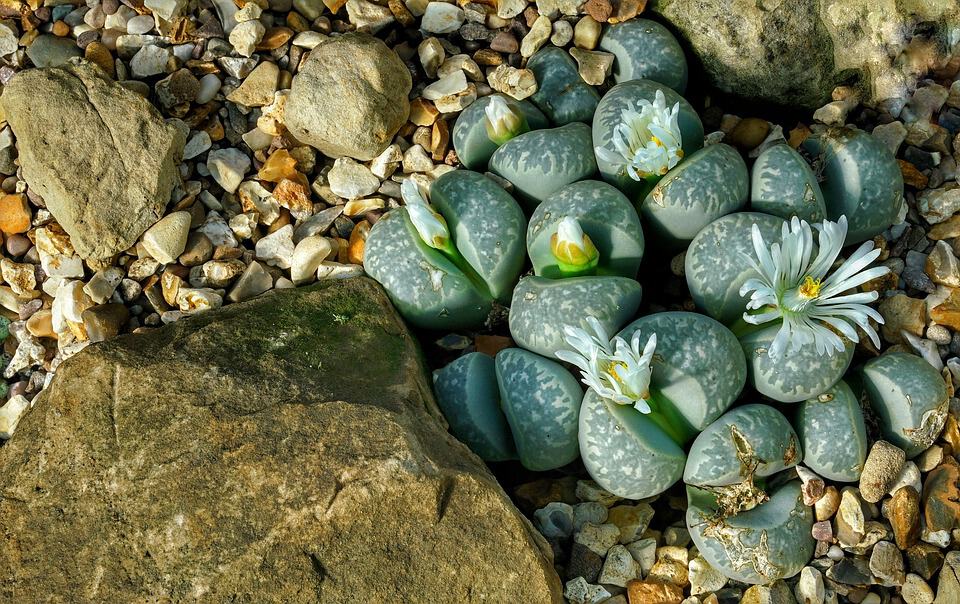
Century Plant Physical Description
Perhaps most notably, the magnificent species known as the Century Plant displays a highly distinctive physical appearance. First of all, this stemless variety of impressive succulent generally attains a comparatively large size, especially compared to related species. This holds true due to the fact that its truly impressive leaves often attain heights measuring as much as 6.5 ft (2 m), from base to tip.
Furthermore, these leaves themselves present a most striking image to the viewer. Each of these presents a grayish-green in color, and has a highly prickly margin. In addition, each also commonly develops a strong spike on the end. The amazing Century Plant also attains a maximum spread equaling as much as 10 ft (3 m). When it flowers, a stalk appears, and reaches heights of as much as 30 ft (9 m).
- Kingdom: Plantae
- Phylum: Angiosperms
- Class: Angiosperms
- Order: Asparagales
- Family: Asparagaceae
- Genus: Agave
- Species: A. americana
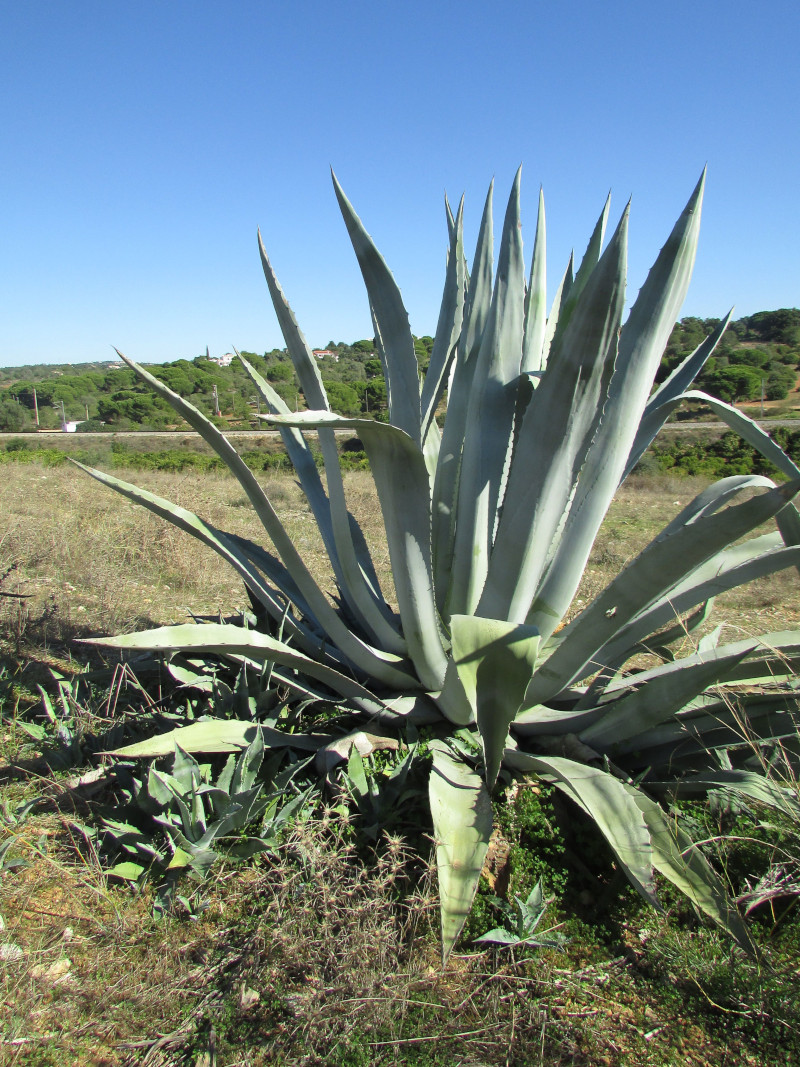
Century Plant Distribution, Habitat, and Ecology
Although the fascinating Century Plant now appears in many parts of the world, it evolved as solely native to a restricted portion of North America. More specifically, the remarkable plant remains native to large portions of the country of Mexico, but just to three states in the southwestern part of the United States. These states consist of Arizona, Texas, and New Mexico.
Within its native range, this marvel of Nature developed and appears primarily in regions of arid scrubland. There, it also most often grows in close association with various hedges. But, the succulent has proven itself to be adaptable. Now, in the many parts of the world it appears, it frequently grows in regions such as woodlands, grasslands, cliffs, and even in urban areas.
The fabulous species derives its common name from its semelparous nature, not its lifespan. The remarkable plant flowers only once, and even then it occurs at the very end of its life. Once it produces flowers, the impressive succulent dies. Prior to this, however, it generates shoots at its base, which produce new plants. The actual lifespan of the species ranges from 10-30 years.
The Century Plant also has a quite surprising number of uses. The strong leaves are often cultivated for their natural fibers, known as pita. Further, people use these to make rope, coarse cloth, matting, and embroidery for leather. Yet the awesome flora nevertheless remains best known for one thing. The natural sugars of the surprising succulent form the source of the sweetener known as agave nectar.
Species Sharing Its Range
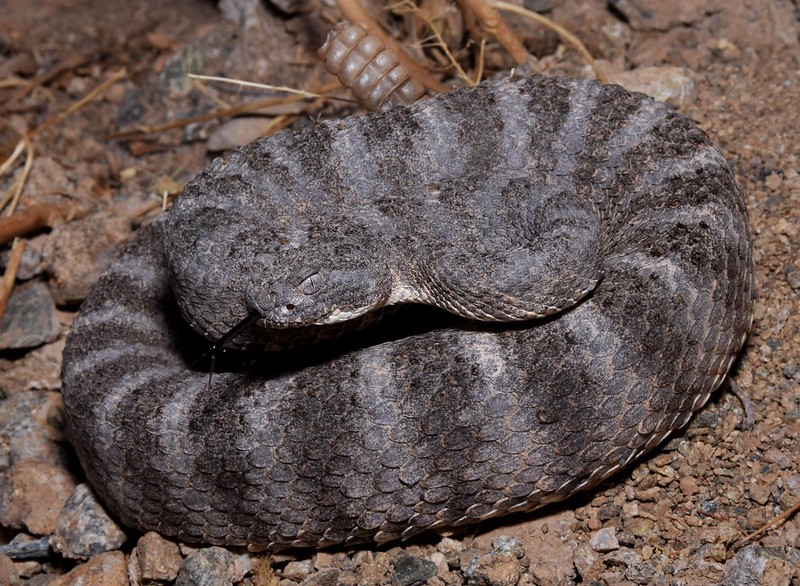
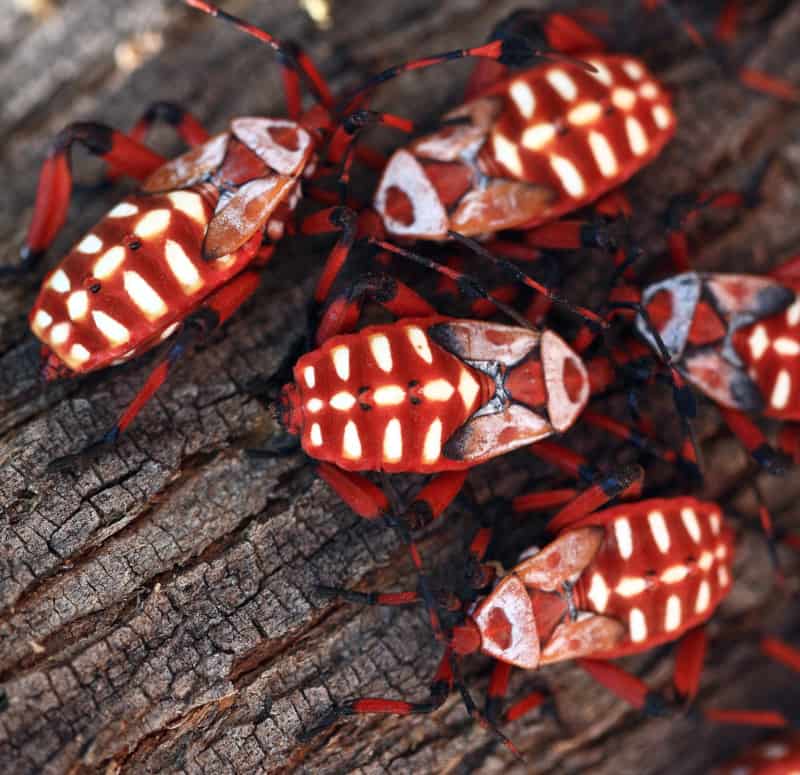
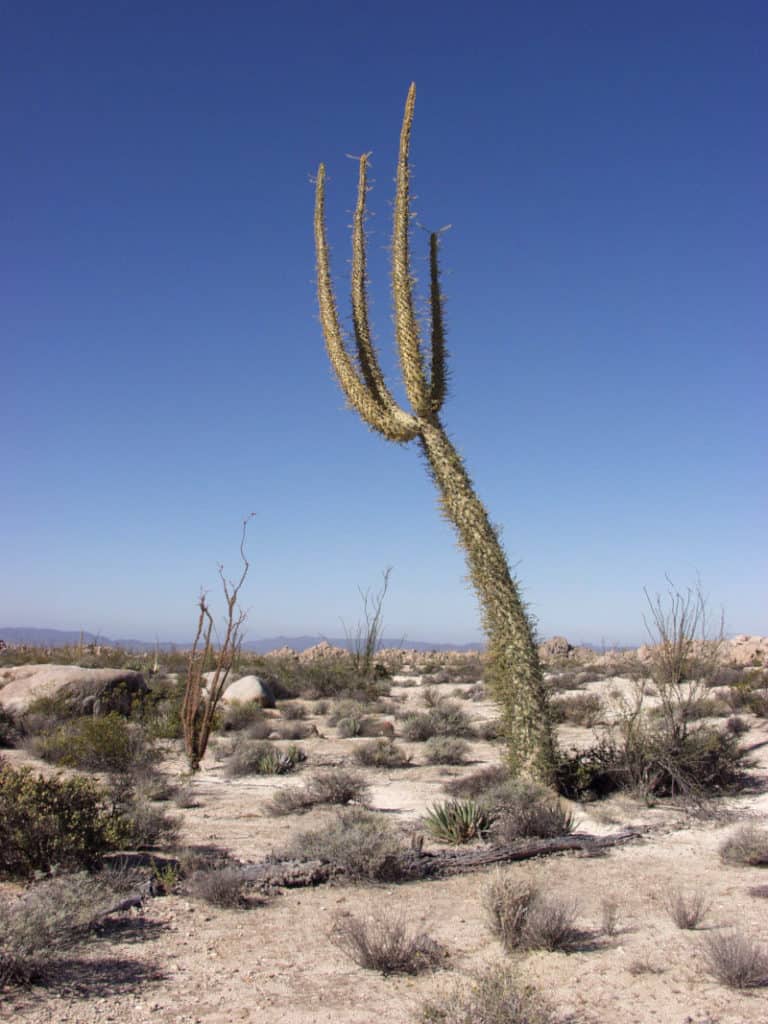
Check out our other articles on Earth’s Many Mesmerizing Cephalopods, Galapagos Penguin, Bungle Bungles, Indian Bullfrog, Buckskin Gulch, Lange’s Metalmark Butterfly, Green Iguana
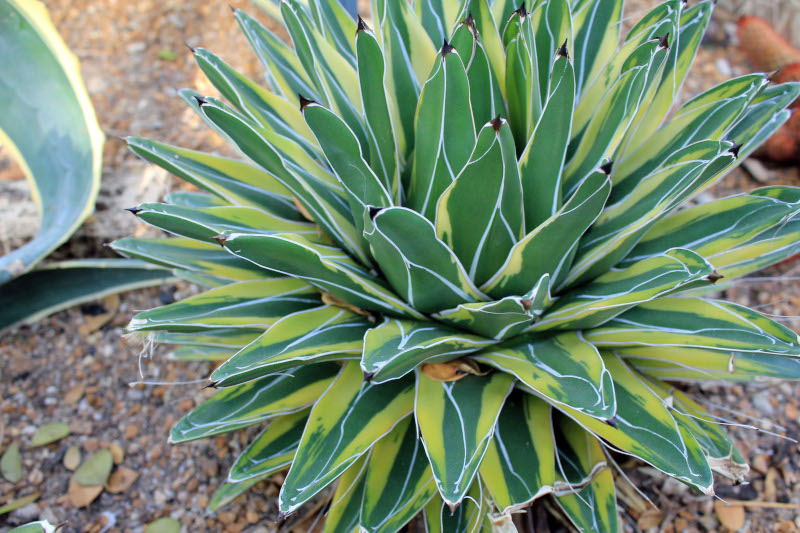
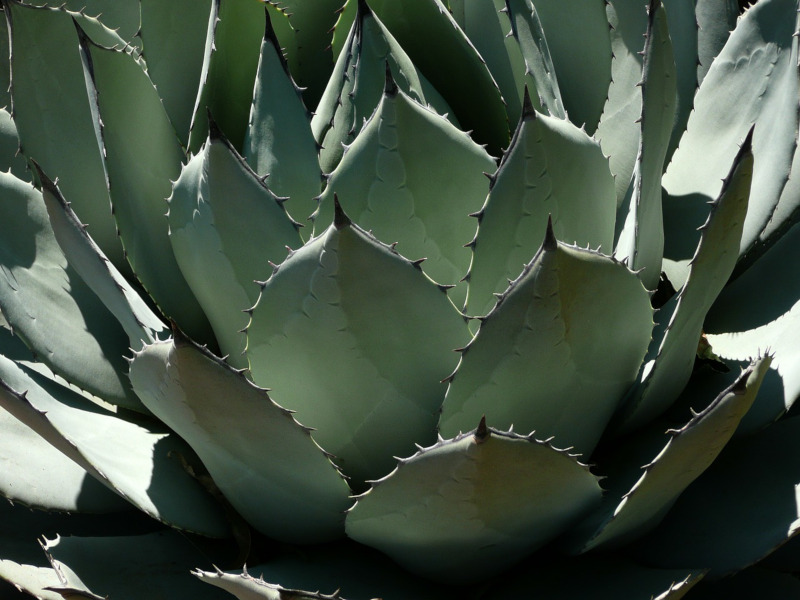









Leave a Reply